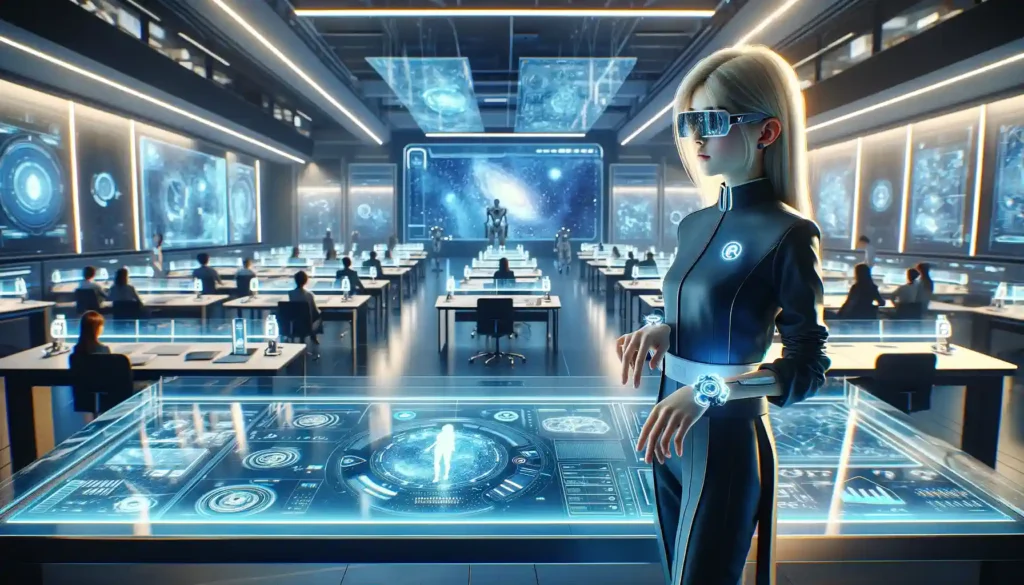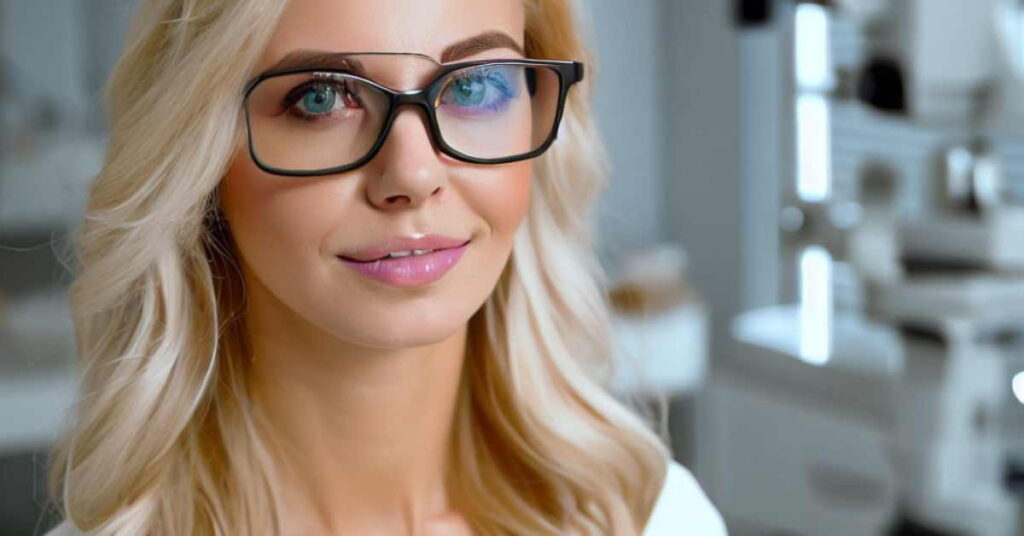Myopia vs. Hyperopia: Which One Affects You? Vision is a precious sense that allows us to perceive the world in all its beauty. However, not everyone experiences it the same way. Myopia and hyperopia are two common eye conditions that affect how we see objects at various distances. Understanding the differences between these conditions is essential for proper eye care and vision correction.

Myopia (Nearsightedness): The Up-Close Challenge
Myopia, often referred to as nearsightedness, is a vision condition where distant objects appear blurry, while close-up objects can be seen clearly. This occurs because the eyeball is too long or the cornea is too curved, causing light to focus in front of the retina rather than directly on it. As a result, people with myopia have trouble seeing objects in the distance without corrective lenses.
Myopia usually begins during childhood and tends to progress until early adulthood. It’s often associated with spending too much time on near tasks like reading or using digital devices. If left uncorrected, severe myopia can lead to an increased risk of eye conditions like glaucoma, cataracts, and retinal detachment.
Hyperopia (Farsightedness): The Distant Challenge
Hyperopia, or in other words farsightedness. People with hyperopia can see distant objects clearly but struggle with up-close tasks. This condition occurs when the eyeball is too short or the cornea has too little curvature, causing light to focus behind the retina instead of directly on it. As a result, nearby objects appear blurred.
Hyperopia is often present from birth and can remain stable or change over time. While mild hyperopia may not require correction, moderate to severe cases may lead to eye strain, headaches, and difficulty reading or using digital screens for extended periods.
Diagnosis Myopia and Hyperopia
Both myopia and hyperopia can be diagnosed through a comprehensive eye exam conducted by an optometrist or ophthalmologist. The examination includes tests like visual acuity, refraction, and an evaluation of the eye’s overall health.
Which One Affects You?
The easiest way to determine whether you have myopia or hyperopia is to undergo an eye exam. Many individuals may even have a combination of both conditions, known as astigmatism, which further complicates vision.
Whether you are nearsighted or farsighted, it’s crucial to address your vision needs promptly. Ignoring these conditions can lead to eye strain, discomfort, and potentially more severe eye health issues in the long run.
Eyesight Improvement Course: Myopia vs. Hyperopia – Eye Exercise Solutions
Unlock the secrets to better vision with our comprehensive course, “Eyesight Academy Myopia vs. Hyperopia – Eye Exercises Solutions.” If you’ve been battling myopia (nearsightedness) or hyperopia (farsightedness) and seeking natural remedies, this course is your path to visual clarity.
Eyesight Academy Presents: Eyesight Improvement Course
Targeted Exercises: Discover a tailored approach to healing myopia or hyperopia with specialized eye exercises designed to address your unique needs.
Vision Enhancement Techniques: Master the art of improving your eyesight naturally, reducing dependence on glasses or contact lenses.
Expert Guidance: Benefit from the expertise of leading eye care professionals who understand the intricacies of myopia and hyperopia and how to tackle them effectively.
Customized Solutions: Gain insights into personalized solutions that work for your specific condition, allowing you to see the world with renewed clarity.
Invest in yourself today and embark on a journey towards a future filled with clarity! Illuminate your path to better vision by clicking below to enroll. The voyage to superior eye health and a world of clarity begins here. 👇
Regular eye exercises are essential, not only for correcting vision problems but also for maintaining overall eye health. Taking care of your eyes ensures that you can continue to enjoy the beauty of the world around you. Regardless of whether you are nearsighted or farsighted.

